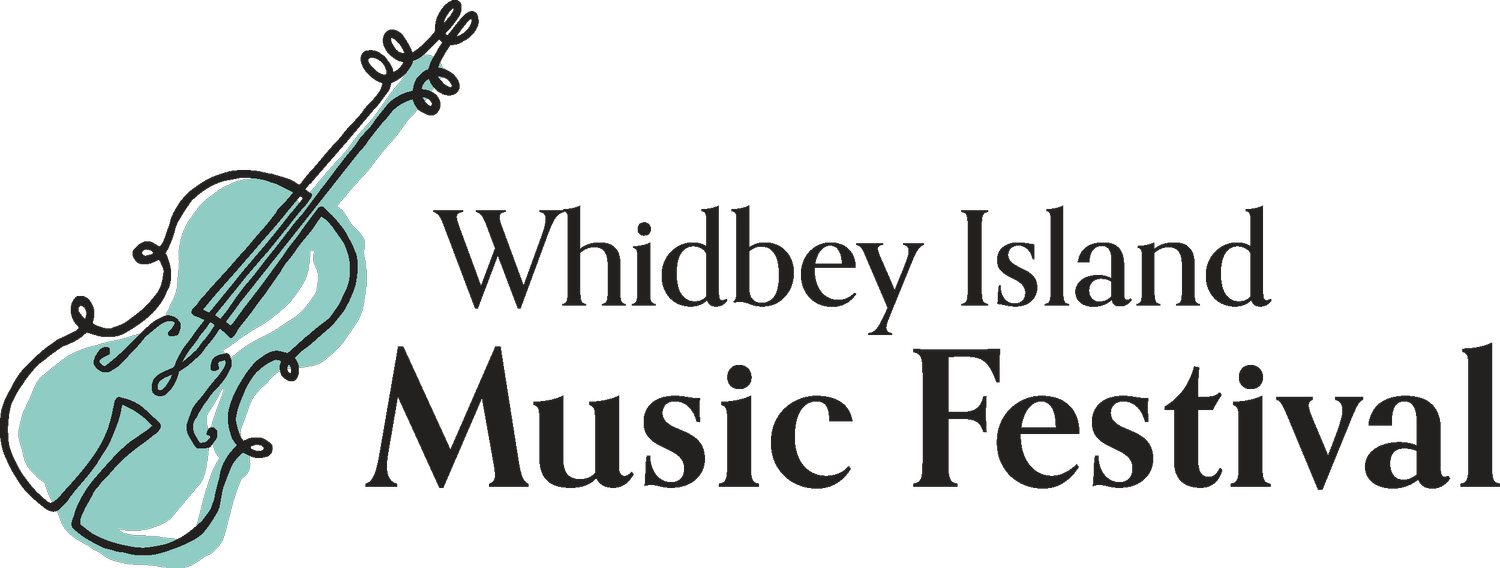Program notes for Spanish Nights
Spain has always held the allure of the exotic – certainly for us in the New World, but already for the rest of Europe. There is a potent double reason for this “otherness”, first in the fact that the Iberian peninsula was dominated by Arabic culture from the Muslim conquest of Spain from as early as 710 by the Umayyad Caliphate until the “reconquest” by Isabella and Ferdinand in 1492. The cultural result of these centuries of Islamic dominance was a heritage of artistic and musical forms utterly unknown in the rest of Europe. A second reason for its iconic exoticism is the fact that explorers from the peninsula maintained a constant contact with Africa and the New World.
Our program includes a number of Spanish composers (the Pla brothers, Iribarren, and Soler) who in various ways, channeled the unique Spanish flair, and Italian artists (Corelli and Boccherini) who sought to emulate it, as well as Handel in distant Hamburg dreaming of an idealized ancient Spain that was much more fantasy than fact – but what fantasy the 19-year- old Handel possessed as he embarked on his very first opera, Almira.
Saying that Spanish music possesses an unmistakable “flair” is much easier than cogently explaining what makes it so. One element that recurs in Spanish music, whether in medieval cantigas, renaissance dances or baroque sonatas is a rhythmic vivacity that prominently features syncopations and rhythmic patterns that we might still describe as “jazzy”. The first piece on our program by the oboe virtuosi and composers José and Juan Pla is fairly bursting with this sort of rhythmic fun. The Italians (like Corelli) may have invented the baroque sonata form, but the Plas turn it into unbridled hedonistic joy.
Juan Francés de Iribarren was a church musician and maestro de capilla in Salamanca and Malaga. Despite his prodigious production of more than 500 works in both Spanish and Latin (villancicos, cantatas, motets and masses), he has remained relatively little known to date. Henry Lebedinsky has made it one of his passion projects to correct this picture and bring Iribarren’s vivacious and rich music to a wider audience.
Luigi Boccherini was an Italian musician but with a strong claim to Spanish style as well. Born into a musical family in Lucca in 1743, in which, like his father, he became a cellist – he was already in Madrid by 1761 (at the age of 18) and remained there until his death in 1805, with significant royal patronage in the form of the Infante Luis Antonio of Spain, younger brother of King Charles III. Although Boccherini was a virtuoso cellist, several of his works reflect an interest in that most Spanish of all instruments: the guitar. Our selection from his guitar quintet is the Fandango, one of the most ebullient dances of baroque Spain.
Antonio Soler, usually known as Padre Soler, was born in Catalonia and entered the monastery of Monserrat at the age of six, studying music and religion and took holy orders in 1753 at the age of 24. His reputation as a composer and organist, led to further studies with prominent composer José de Nebra and (according to some sources) Domenico Scarlatti. Like Scarlatti, his works centered on the one-movement keyboard Sonata, and also like Scarlatti, he drew on Spanish folk traditions for inspiration. He became the keyboard teacher to the Infantes Antonio (later patron of Boccherini) and Don Gabriel for who he seems to have written many of his sonatas.
In our modern Bach-centric view of German baroque music, we are led to think of Leipzig as the center of musical activity in the period. On the contrary, Hamburg, and particularly the famous Goose-market Opera of Hamburg served (from the 1670’s to the 1730’s) as the crucible for the most important musical developments and the crossroads where all the best musicians of Germany (except Bach!), met, collaborated and competed. It was therefore almost inevitable that Handel, the musical prodigy just turned 17, set out from his native Halle (very near Leipzig!) in July of 1703, to seek his fame and fortune in Hamburg. He quickly came under the mentorship of Johann Mattheson, one of the leading composers and tenors of the Hamburg opera, with whom he later fought a famous duel after a disagreement about who should preside at the harpsichord during a performance of one of Mattheson’s operas. It was standard practice for the composer to lead performances from the harpsichord, but in this case Mattheson was on stage for most of the opera until a scene in which his character committed suicide. He then intended to descend to the pit and take over from Handel. Handel refused and a duel ensued – both survived. The leading composer of Hamburg opera at this time was Reinhard Keiser (a brilliant and now-forgotten composer due for a major revival!). Keiser had begun work on a score for Almira before accepting an invitation from the court of Weissenfels which took him away for the 1704-05 season. Handel was given the commission to make his own setting of Almira for the Hamburg season, while Keiser completed his own and had it performed at Weissenfels. The incredibly rich and varied score of Handel’s version (including bravura arias for both leading ladies, Almira and Edilia, featured on our program) shows a young genius literally throwing in the ‘kitchen sink’ of his most inspired ideas to a score that he would return to and re-use throughout his long career. One element that often recurred was the prototype for “Lascia ch’io pianga”, one of Handel’s most celebrated arias. Here, in its first appearance, it is an instrumental Sarabande called a ”Tanz for Asiatern”, in the context of a divertissement based on a parade of the nations.
Stephen Stubbs, June, 2023
